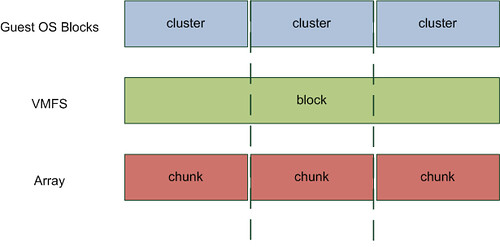Recently I had a discussion around Layer 2 adjacency for the vMotion(vmkernel interface) network. With that meaning that all vMotion interfaces, aka vmkernel interfaces, are required to be on the same subnet as otherwise vMotion would not function correctly.
Now I remember when this used to be part of the VMware documentation but that requirement is nowhere to be found anywhere. I even have a memory of documentation of the previous versions stating that it was “recommended” to have layer-2 adjacency but even that is nowhere to be found. The only reference I could find was an article by Scott Lowe where Paul Pindell from F5 chips in and debunks the myth, but as Paul is not a VMware spokes person it is not definitive in my opinion. Scott also just published a rectification of his article after we discussed this myth a couple of times over the last week.
So what are the current Networking Requirements around vMotion according to VMware’s documentation?
- On each host, configure a VMkernel port group for vMotion
- Ensure that virtual machines have access to the same subnets on source and destination hosts
- Ensure that the network labels used for virtual machine port groups are consistent across hosts
Now that got me thinking, why would it even be a requirement? As far as I know vMotion is all layer three today, and besides that the vmkernel interface even has the option to specify a gateway. On top of that vMotion does not check if the source vmkernel interface is on the same subnet as the destination interface, so why would we care?
Now that makes me wonder where this myth is coming from… Have we all assumed L2 adjacency was a requirement? Have the requirements changed over time? Has the best practice changed?
Well one of those is easy to answer; no the best practice hasn’t changed. Minimize the amount of hops needed to reduce latency, is and always will be, a best practice. Will vMotion work when your vmkernels are in two different subnets, yes it will. Is it supported? No it is not as it has not explicitly gone through VMware’s QA process. However, I have had several discussions with engineering and they promised me a more conclusive statement will be added to our documentation and the KB in order to avoid any misunderstanding.
Hopefully this will debunk this myth that has been floating around for long enough once and for all. As stated, it will work it just hasn’t gone through QA and as such cannot be supported by VMware at this point in time. I am confident though that over time this statement will change to increase flexibility.
References:

